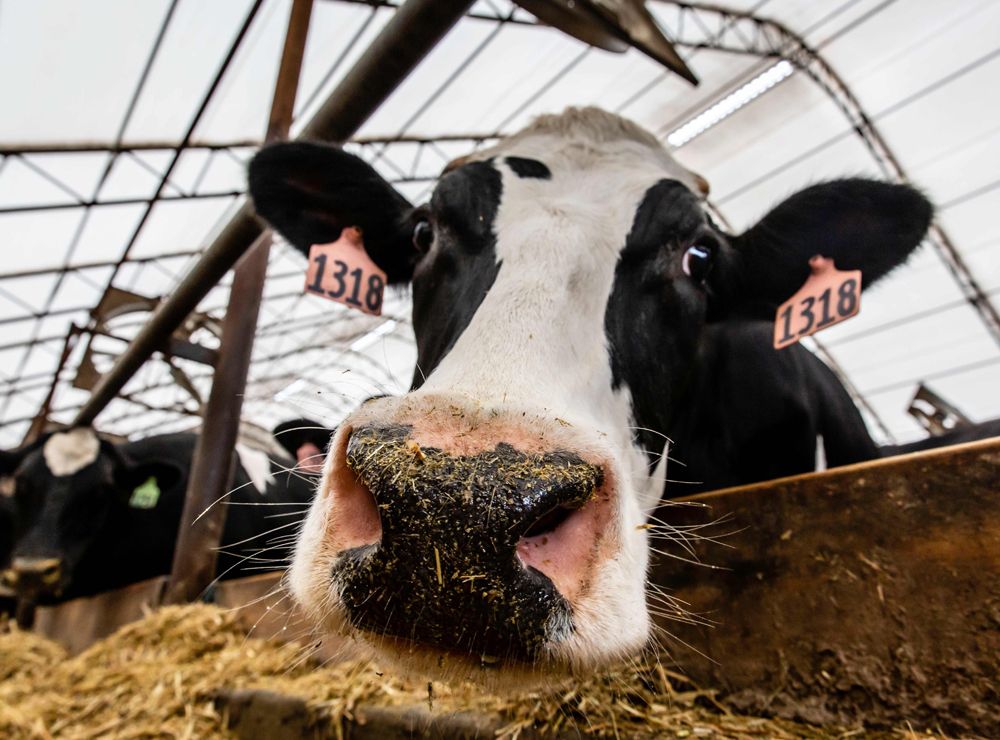So I guess I didn't grow up drinking a lot of milk so I have no idea how it works. Assuming every gallon of milk came out of a cow, 20% turns into butter and then the other 80% turn into the 2%, 1%, whole milk, fat free, how much of those really got consumed as milk in the morning via cereal, by the glass, and how much of it got turn into cheese, yogurt, and other dairy products?
I would imagine people from the old days know what to do to not waste them all, but what I see in most recipes are using butter and cheese instead of "milk" as is in cooking. Things do not add up based on my limited observation. I don't believe most of the fat free milk got dumped just so that we can have enough butter.
I would imagine people from the old days know what to do to not waste them all, but what I see in most recipes are using butter and cheese instead of "milk" as is in cooking. Things do not add up based on my limited observation. I don't believe most of the fat free milk got dumped just so that we can have enough butter.

